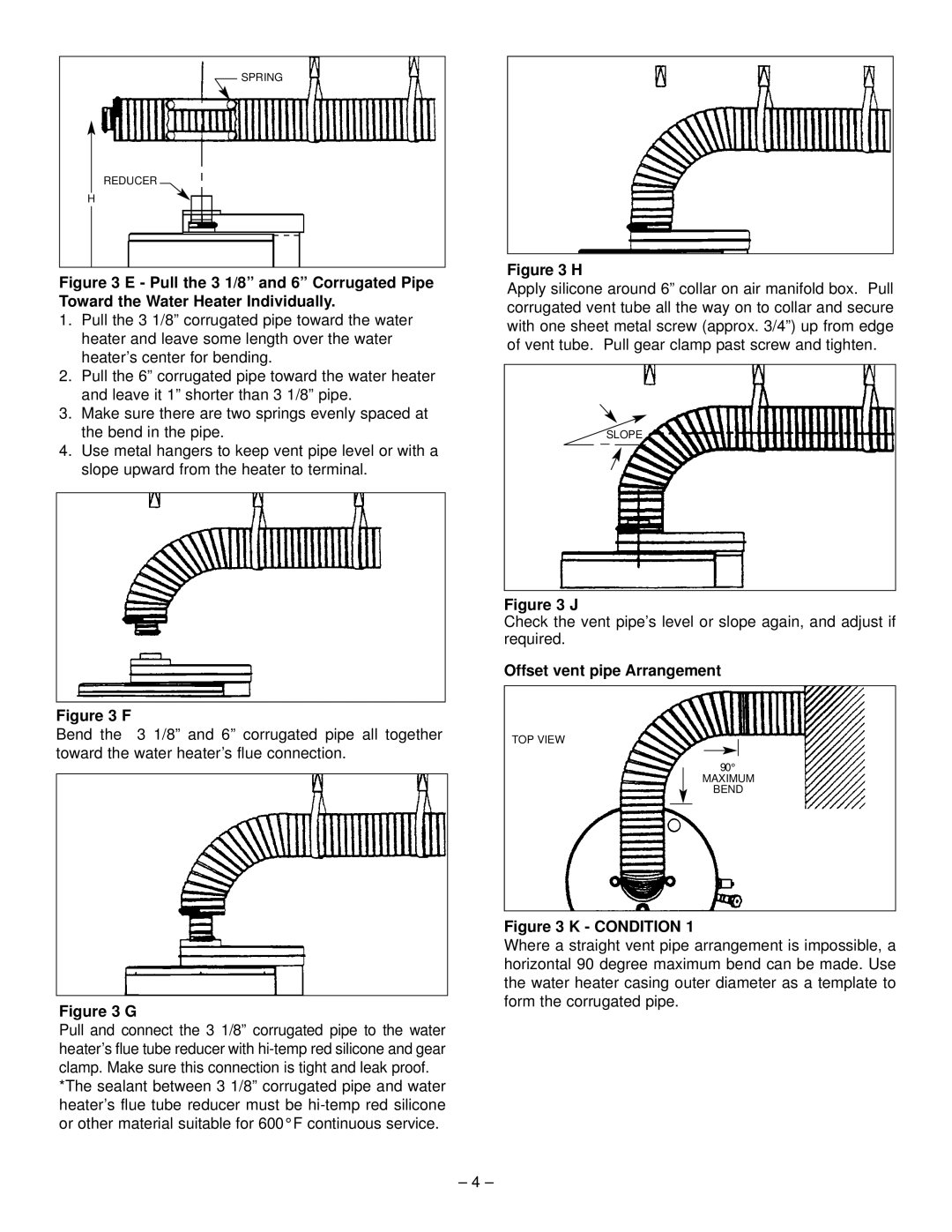PART NO.70999 REV.G (03-12) specifications
The GSW PART NO. 70999 REV.G (03-12) is an exemplary product designed for high-performance application in various industrial settings. This part stands out not only for its robust construction but also for its advanced technological features, which cater to the evolving demands of modern industry.One of the main characteristics of the GSW 70999 REV.G is its durable design, engineered to withstand challenging operational conditions. The materials used in its construction are specifically chosen for their strength and resistance to wear and corrosion, ensuring longevity and reliability in performance. This makes the component an ideal choice for applications that require consistent and dependable operation over extended periods.
In terms of technology, the GSW 70999 REV.G incorporates cutting-edge manufacturing processes that enhance its precision and functionality. The advanced machining techniques employed ensure tight tolerances and superior fit, which contribute to improved efficiency in machinery operation. This precision is particularly critical in high-speed applications, where even minor discrepancies can lead to significant performance issues.
Another key feature of the GSW 70999 REV.G is its adaptability. The part is designed with versatility in mind, allowing it to be integrated seamlessly into a variety of systems and equipment. This adaptability minimizes downtime during installation and maintenance, as users can easily incorporate the part into their existing configurations without extensive modifications.
The GSW 70999 REV.G also benefits from innovative design aspects such as ergonomic considerations, which aim to simplify handling and improve user experience. The thoughtful layout and accessibility of the component facilitate easier maintenance procedures, ultimately reducing operational costs and maximizing productivity for users.
Furthermore, GSW emphasizes sustainability in its product design and manufacturing processes. The materials are selected not only for their performance characteristics but also for their environmental impact, aligning with the industry's growing focus on sustainability and responsible sourcing.
In summary, the GSW PART NO. 70999 REV.G (03-12) is a crucial component characterized by its durability, precision, adaptability, and commitment to sustainability. It serves as an integral part in various industrial applications, promoting efficiency and reliability while catering to the increasing demands of modern technological advancement. Whether in high-speed settings or more moderate environments, this part exemplifies quality and innovation in industrial design.

